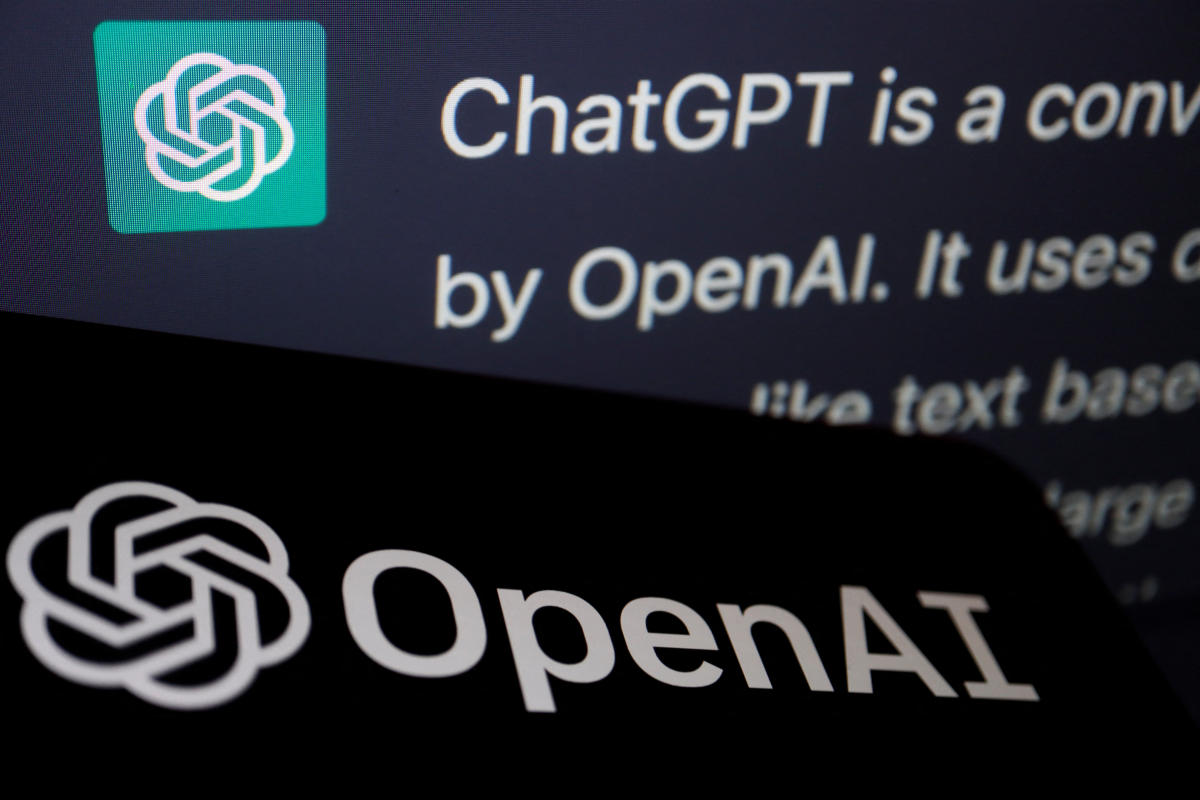Introduction: Chat GPT, an advanced conversational AI model, has the potential to provide valuable and accurate responses. However, to maximize its effectiveness, it’s crucial to learn how to write optimized commands that yield the best results. In this step-by-step guide, we will explore techniques to help you construct commands that generate high-quality responses from Chat GPT. Let’s get started on the journey to unlocking the full potential of this powerful AI tool.
Step 1: Clearly Define Your Objective: Before interacting with Chat GPT, it’s important to have a clear understanding of what you want to achieve. Define your objective by asking yourself specific questions: What information are you seeking? What task would you like Chat GPT to assist with? Having a well-defined objective will guide you in formulating effective commands.
Step 2: Understand the Model’s Limitations: While Chat GPT is an impressive AI system, it has limitations. It’s important to be aware of these limitations to set realistic expectations. For example, the model might occasionally generate responses that are plausible-sounding but factually incorrect. Understanding these limitations will help you interpret and evaluate the model’s output.
Step 3: Start with a System Message: Begin your command by setting the context and behavior of the assistant with a system message. The system message helps guide the model’s response. For example, you can use a system message like “You are a knowledgeable assistant.” Experiment with different system messages to influence the assistant’s behavior and the quality of the response.
Step 4: Provide Clear User Instructions: Next, craft user instructions that clearly communicate your desired outcome. Be specific and precise in your instructions, providing any necessary context or constraints. Clearly specify what information you are seeking or what action you want the assistant to take. Well-crafted instructions improve the chances of obtaining accurate and relevant responses.
Step 5: Iteratively Refine and Experiment: Interacting with Chat GPT is an iterative process. If the initial response doesn’t meet your expectations, refine and iterate on your instructions. Experiment with different phrasing, reordering the instructions, or adding more context to guide the model effectively. Continually refining your commands will help you obtain better results.
Step 6: Take Advantage of System-Level Instructions: In addition to user instructions, you can utilize system-level instructions to further guide the assistant’s behavior. These instructions provide high-level guidance and context. For example, you can specify the format you want the response in or ask the model to think step by step before generating an answer. System-level instructions can help fine-tune the responses.
Step 7: Control Response Length: Chat GPT has limitations on the length of responses it can generate. If you require shorter or more concise answers, specify the desired response length in your user instructions. You can request the model to be more concise or ask for a specific number of sentences. By controlling the response length, you can get more focused and precise answers.
Step 8: Experiment with Temperature and Max Tokens: The “temperature” and “max tokens” parameters allow you to fine-tune the output. The temperature parameter controls the randomness of the responses, with higher values (e.g., 0.8) producing more random outputs, while lower values (e.g., 0.2) result in more deterministic responses. Max tokens limit the length of the response generated. Experiment with these parameters to find the right balance for your desired results.
Step 9: Iterate, Evaluate, and Learn: Iteratively iterate on your commands, evaluate the responses, and learn from the outcomes. Analyze the generated responses critically, identifying areas for improvement. Refine your instructions, adjust the parameters, and incorporate the lessons learned from previous interactions with Chat GPT. This process of iteration and evaluation will help you enhance the quality and relevance of the responses you receive.
Step 10: Consider Context and Specificity: To obtain the best results, provide context and be specific in your instructions. Include relevant details, such as timeframes, locations, or any specific requirements, to guide the assistant’s understanding. This specificity helps the model generate responses that align closely with your intended meaning, avoiding ambiguity or generalizations.
Step 11: Leverage External Tools and Preprocessing: If your objective requires specialized knowledge or data preprocessing, consider leveraging external tools. You can use data manipulation libraries, language processing techniques, or other tools to refine your inputs before interacting with Chat GPT. This preprocessing can help structure your commands and provide the model with the necessary context to produce more accurate responses.
Step 12: Collaborate and Learn from the Community: Engage with the community of Chat GPT users to exchange ideas, share experiences, and learn from one another. Online forums, discussion groups, or dedicated platforms provide valuable insights, best practices, and techniques for optimizing commands. Collaborating with others helps expand your knowledge and improve your command-writing skills.
Step 13: Stay Informed about Updates and Improvements: Chat GPT is continuously evolving, with updates and improvements being released periodically. Stay informed about the latest developments, enhancements, and new features introduced by OpenAI. Keeping up with the updates ensures that you can take advantage of the latest capabilities and incorporate them into your command-writing process.
Step 14: Practice Patience and Persistence: Obtaining the best results with Chat GPT requires patience and persistence. Writing optimized commands is an iterative process that involves trial and error. Not every attempt will yield the desired outcome immediately, but by persistently refining your commands and adapting to the model’s behavior, you can improve the quality of responses over time.
Conclusion: Writing optimized commands for Chat GPT is a skill that can be honed with practice and experimentation. By following these step-by-step guidelines, you can enhance the effectiveness of your interactions with Chat GPT and obtain high-quality responses that align closely with your objectives. Remember to define your objective, provide clear instructions, iterate, evaluate, and learn from the outcomes. With patience, persistence, and a willingness to adapt, you can unlock the full potential of Chat GPT and harness the power of conversational AI.



